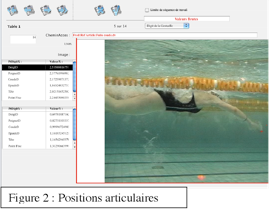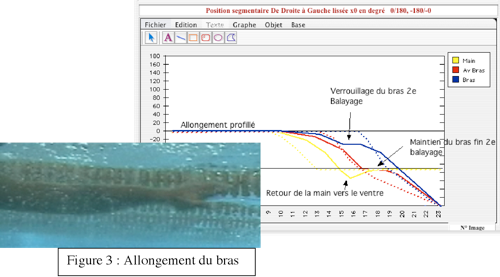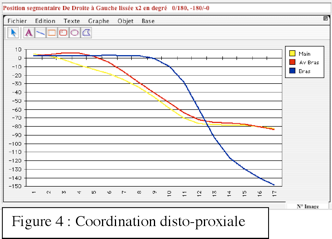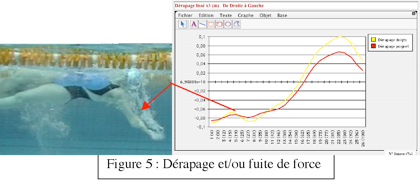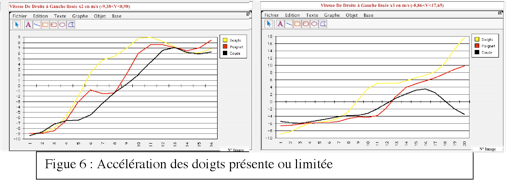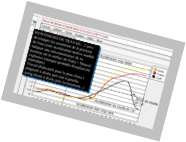biomechanics applied to swimming


Texte
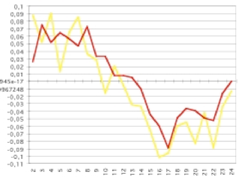
The importance of biomechanics is indisputable today. However, its application remains problematic. Many trainers hesitate to use it, either for lack of means, or for lack of time, or simply by ignorance. It is true that one often compares biomechanics to a succession of alarming figures without finally great interest.
However, the diversity of the results of a biomechanical study makes it possible to affirm and/or direct a planning. For example, one can use it to study the technical attitude of the swimmer during a race. The amplitude/frequency parameters can be measured and adapted to the various capacities of the swimmer, or used for the development of a strategy of a race [2].
It is also possible to use it to define a personalized propelling technique such as a technique by sweeping [3] or disto-proximal coordination [1].
Lastly, biomechanics is also used to check if there is in fact an acceleration of propelling surfaces optimizing the underwater supports [3].

Thus, by using the means of a digitalization, i.e., a study frame by frame of a video sequence (Figure 1), it is easily possible to know the positions of the various articulations during an underwater way (Figure 2). So it is therefore possible to locate what is not inevitably visible with the naked eye, such as the quality of the lengthening of the arm (Figure 3) aiming at optimizing a disto-proximal action other propelling actions [1].
This digitalization also makes it possible to check the temporal coordination of the segments of the upper limbs (Figure 4), the precise moment of a loss of supports (Figure 5) or the presence of an acceleration (Figure 6).
By this, the trainer will be able to know with precision the key points via a personalized drive.
In parallel, it can know specific velocity of stroke, during which the swimmer loses of his effectiveness. Here again, it is an invaluable tool which will be able to be combined with a quality energy work. Indeed, what use is an development of energy if it is not connected to a technique of optimal stroke?
Lastly, when the digitalization is used in comparison with the strength preparation, it can then give important data elements in order to direct a training program. Thus, when an underwater acceleration is non-existent, it is perhaps due to a bad training, but also to a lack of explosiveness which will have to be developed out of water. Conversely, an imbalance of the forces between the upper and lower limbs, seen in strength preparation, can explain an ineffective underwater trajectory.
Bibliography
[2] HINES Emmett (1998) - What's all this about Negative Splits ? - Swimming World
[3] MAGLISCHO Ernest W. (1987), Swimming Faster, Collection "Métier de l'eau"
